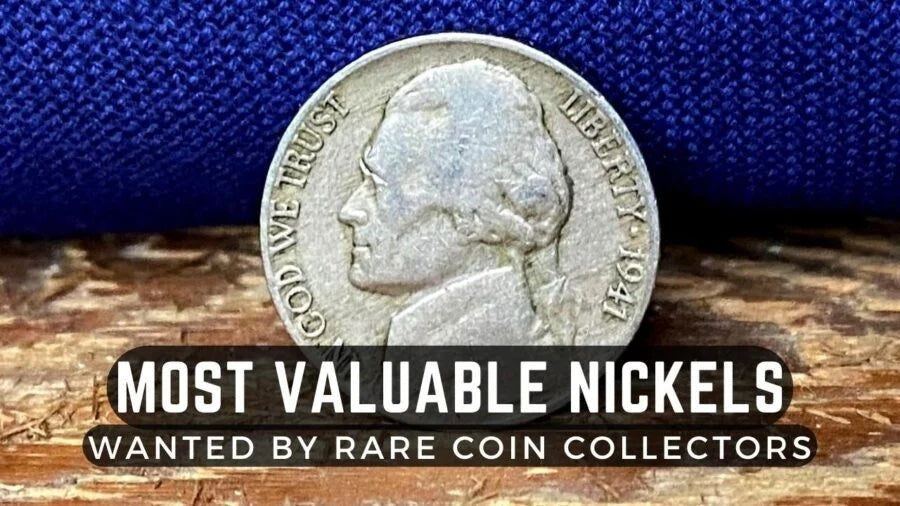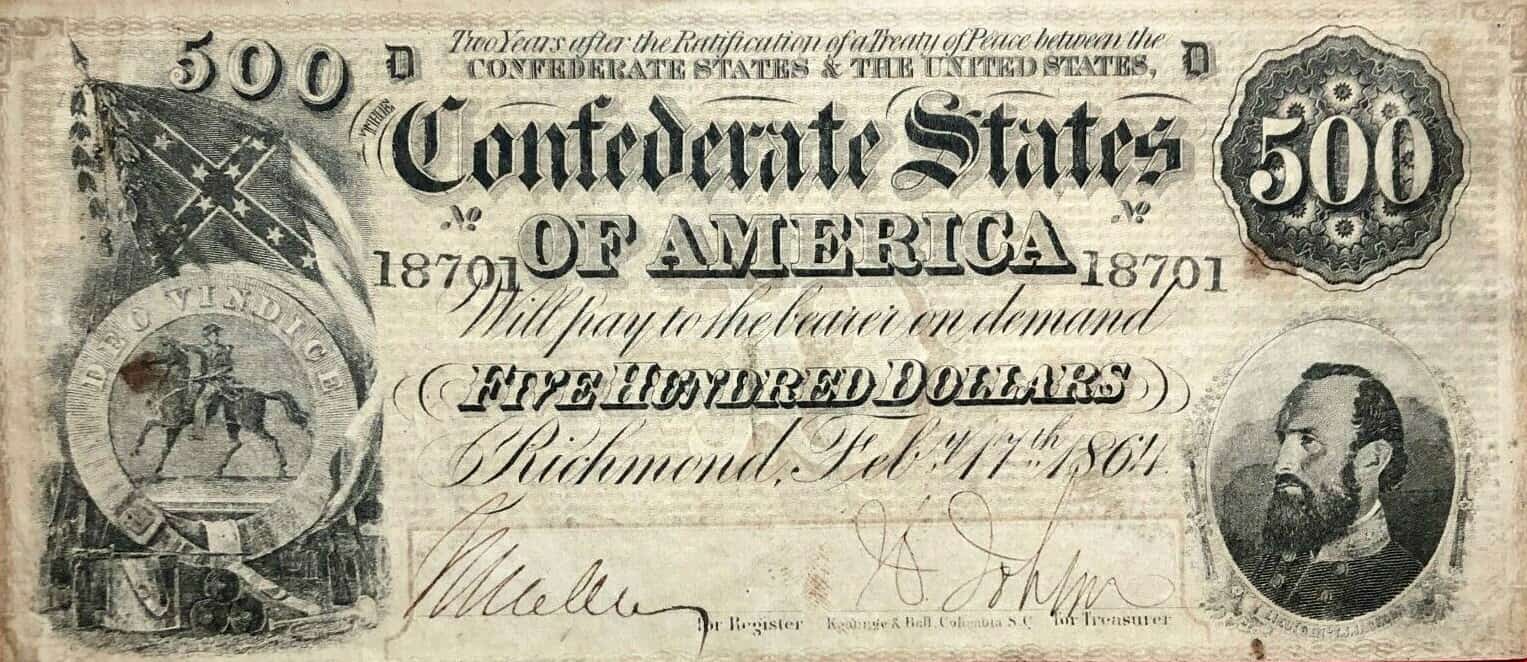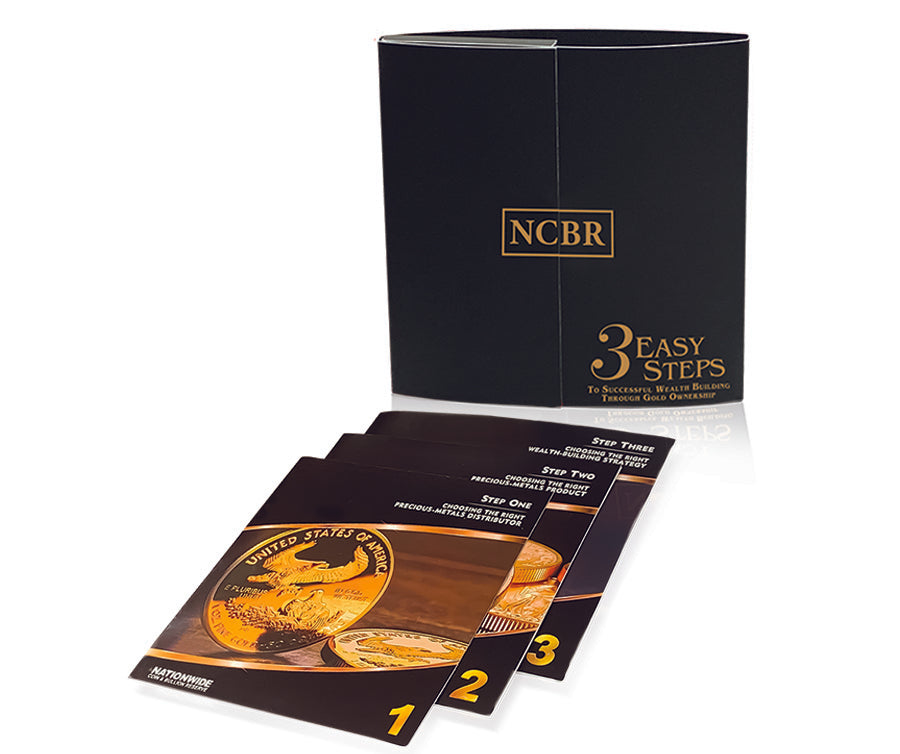In the mid-1960s, the United States faced a silver crisis that had a profound impact on its coinage. Due to rising silver prices and hoarding, the government made a pivotal decision to reduce the silver content in quarters, dimes, and half dollars. As a result, quarters minted after 1965 no longer contained silver, marking a significant shift in the composition of U.S. coinage. However, within this era of non-silver quarters, a surprising world of valuable and collectible coins emerged, capturing the attention of numismatists worldwide. In this article, we embark on a journey to explore the fascinating realm of valuable quarters minted after 1965.
THE TRANSITION TO NICKEL CLAD QUARTERS
In response to the silver crisis, the U.S. Mint implemented a new composition for quarters. Beginning in 1965, quarters were minted using a sandwich-like structure known as the “clad” composition. The new quarters consisted of an inner core of pure copper and outer layers composed of a copper-nickel alloy. Despite the absence of silver, these quarters served as a functional replacement for their silver predecessors, yet many remained unaware of the hidden potential held within these non-silver coins.
THE RISING POPULARITY OF PROOF AND MINT SETS
During the non-silver era, the U.S. Mint produced special sets, such as Proof Sets and Mint Sets, that contained high-quality examples of circulating coins. These sets catered to collectors and enthusiasts who desired pristine, uncirculated coins for their collections. Quarters found in these sets often exhibit superior quality, free from the wear and tear typically associated with circulated coins. Consequently, collectors value quarters from these sets, especially if they are complete and well-preserved.
THE REALM OF ERROR QUARTERS
Minting errors have long fascinated collectors, and non-silver quarters are no exception. Despite rigorous quality control measures, occasional errors occur during the minting process, resulting in unique and scarce coins. Error quarters from the non-silver era, such as those with off-center strikes, double dies, or missing mint marks, capture the attention of collectors seeking distinct and valuable pieces. These errors are a testament to the intricate and complex nature of the minting process, adding further allure to the world of non-silver quarters.
CONCLUSION
The era of non-silver quarters, born out of the silver crisis in the mid-1960s, has proven to be a fascinating chapter in the history of U.S. coinage. Despite the absence of silver, these quarters have managed to carve out their own unique niche in the numismatic world. The transition to nickel-clad quarters marked a significant shift in composition, and while their intrinsic value may not match that of their silver predecessors, their collectible value cannot be underestimated.
Real Time Precious Metals Data Below







